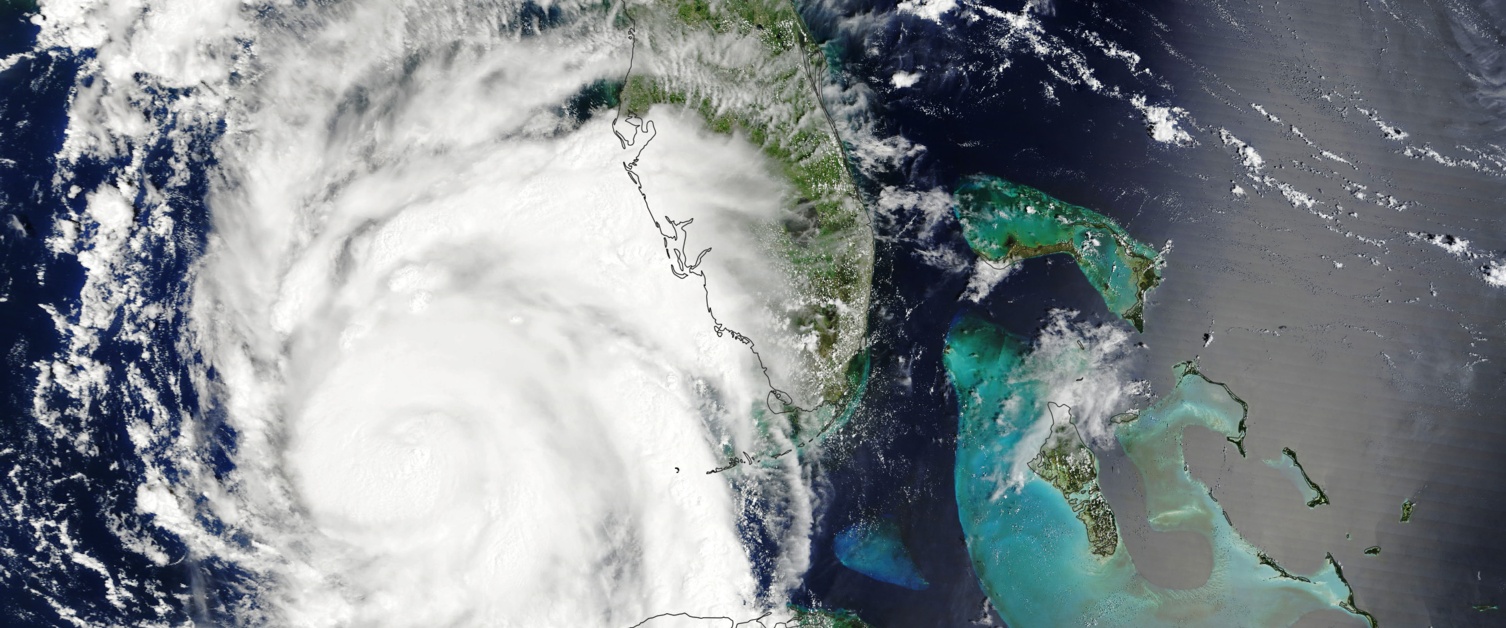Picking Up the Pace
- By AMS Staff
- Feb 9, 2024
56.7% — The probability of a hurricane’s maximum intensification rate in a 24-hour window being 20 knots (23 miles per hour) or greater for the years 2001–20—an increase from 42.3% for the years 1971–90. The finding, reported in a recent study in Scientific Reports, indicates that Atlantic hurricanes are becoming more dangerous more rapidly in a warming world. Andra Garner of Rowan University analyzed how wind speeds changed in every Atlantic hurricane from 1970 to 2020 and determined a maximum intensification rate for each storm by calculating the largest increase in wind speed over various time periods during the life of the storm. In addition to the increase in that rate, Garner also determined that hurricanes have become more than twice as likely to intensify from Category 1 to major Category 3 or greater storms within either 24 or 36 hours; for the 24-hour window, that probability was 3.23% for the years 1971–90 and 8.12% for 2001–20. “We know that our strongest, most damaging storms very often do intensify very quickly at some point in their lifetimes,” Garner says. “We’re talking about something that’s hard to predict that certainly can lead to a more destructive storm.” Garner also found that the rapid intensification is more likely to occur in the Caribbean Sea and off the Atlantic coast of the United States, and less likely in the Gulf of Mexico. While the study didn’t examine the causes of these changes, Garner noted that the hurricanes of 2023 “align with what my research findings would tell us to expect. Hurricane Idalia and Hurricane Lee both occurred over exceptionally warm ocean waters and strengthened quickly as a result. . . . I think that this lines up very well with a trend that my research indicates that we could expect to continue if ocean waters continue to warm.” [Sources: Time, Popular Science]
Hurricane Idalia over the Gulf of Mexico in late August 2023. [Image credit: NASA Earth Observatory/Lauren Dauphin and Wanmei Liang]
